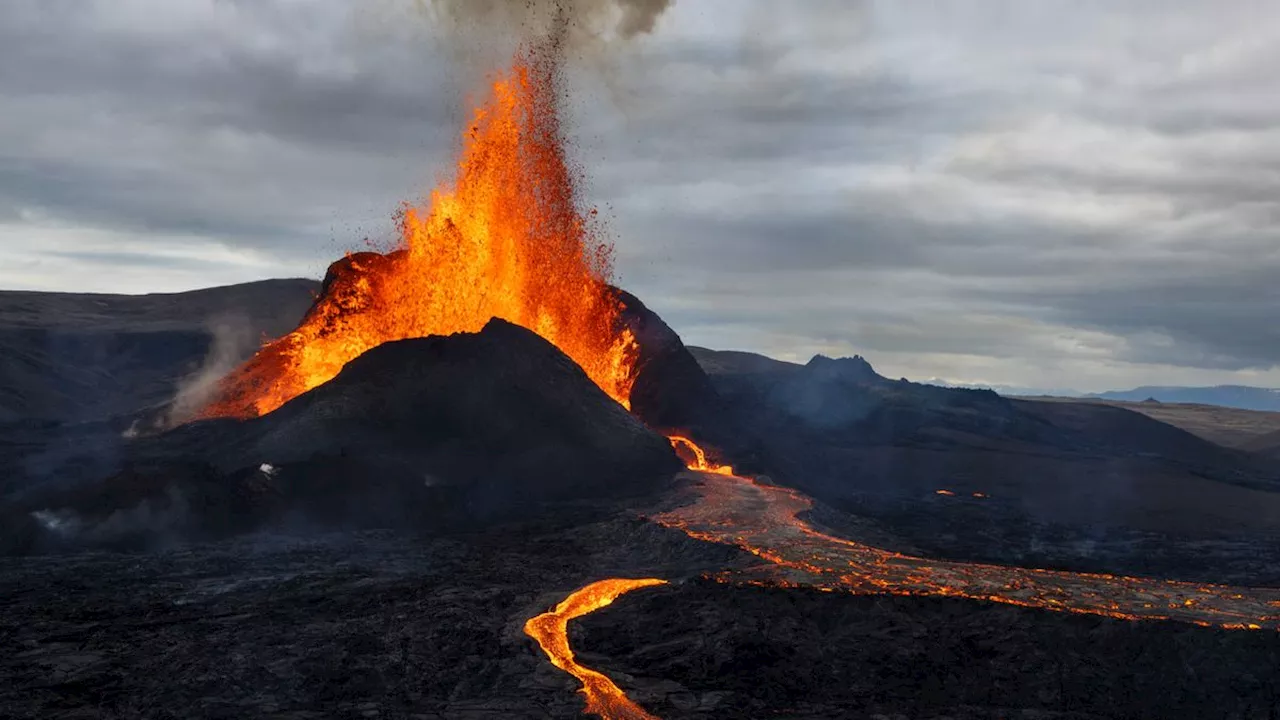Space.com contributing writer Stefanie Waldek is a self-taught space nerd and aviation geek who is passionate about all things spaceflight and astronomy.
In most cases, we know when a volcano is going to erupt. Well, sort of. While we can't predict the precise moment an eruption will begin, volcanoes often show signs that they're"waking up." Typically, those signs come from changes in the volcano itself, as well as from changes within the topmost. But new research, spearheaded by teams from Imperial College London and the University of Bristol, suggests we should be looking deeper — up to 12.
"We looked at volcanoes around the world and dug deeper than previous studies that focused on shallow underground chambers where magma is stored before eruptions," Catherine Booth, a research associate in the Department of Earth Science and Engineering at Imperial College London,."We focused on understanding magma source reservoirs deep beneath our feet, where extreme heat melts solid rocks into magma at depths of around 10 to 20 kilometers.
Another factor is the size of the reservoir itself. While it's true that larger reservoirs hold more magma, that doesn't always mean the eruption will be greater. The larger the reservoir, the more heat is dispersed, reducing the rate of melting rock into magma. Plus, the longer magma sits underground, the smaller the eruption will be.
"By improving our understanding of the processes behind volcanic activity and providing models that shed light on the factors controlling eruptions, our study is a crucial step towards better monitoring and forecasting of these powerful geological events," said Matt Jackson, chair in geological fluid dynamics in the Department of Earth Science and Engineering at Imperial College London.
With a background in travel and design journalism, as well as a Bachelor of Arts degree from New York University, she specializes in the budding space tourism industry and Earth-based astrotourism. In her free time, you can find her watching rocket launches or looking up at the stars, wondering what is out there. Learn more about her work at
United States Latest News, United States Headlines
Similar News:You can also read news stories similar to this one that we have collected from other news sources.
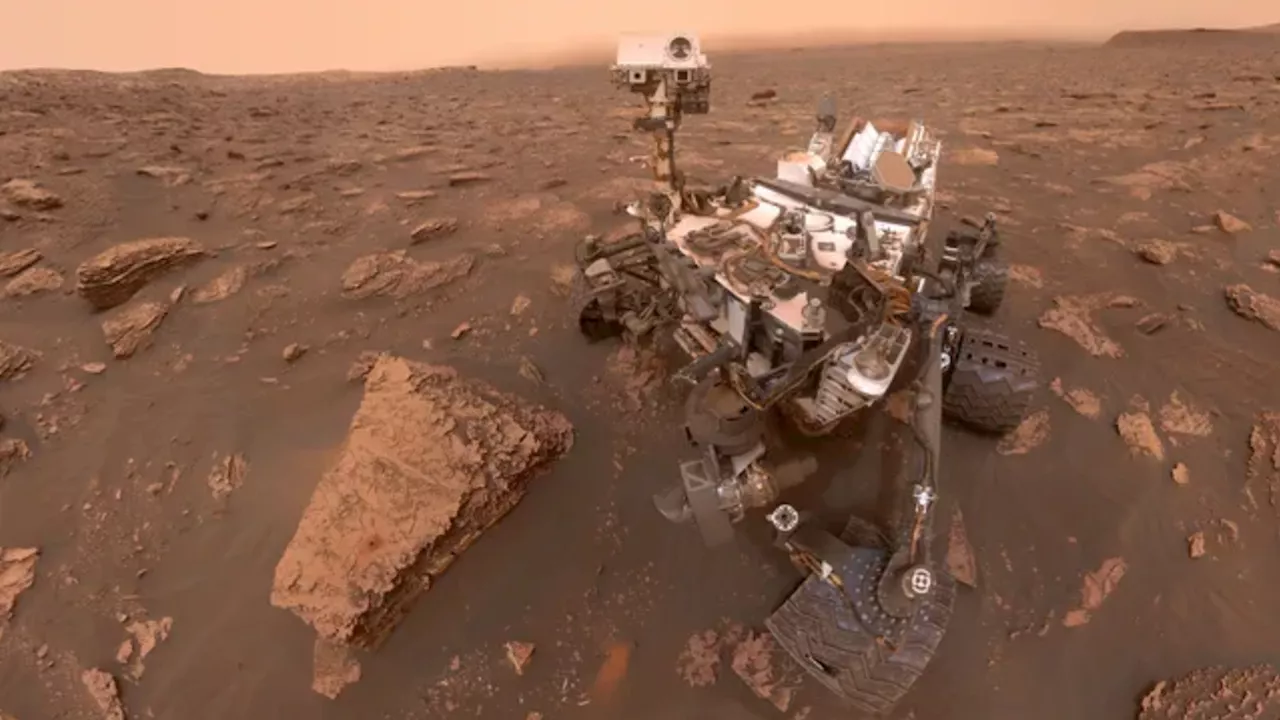 Curiosity rover may be 'burping' methane out of Mars' subsurfaceSpace.com contributing writer Stefanie Waldek is a self-taught space nerd and aviation geek who is passionate about all things spaceflight and astronomy.
Curiosity rover may be 'burping' methane out of Mars' subsurfaceSpace.com contributing writer Stefanie Waldek is a self-taught space nerd and aviation geek who is passionate about all things spaceflight and astronomy.
Read more »
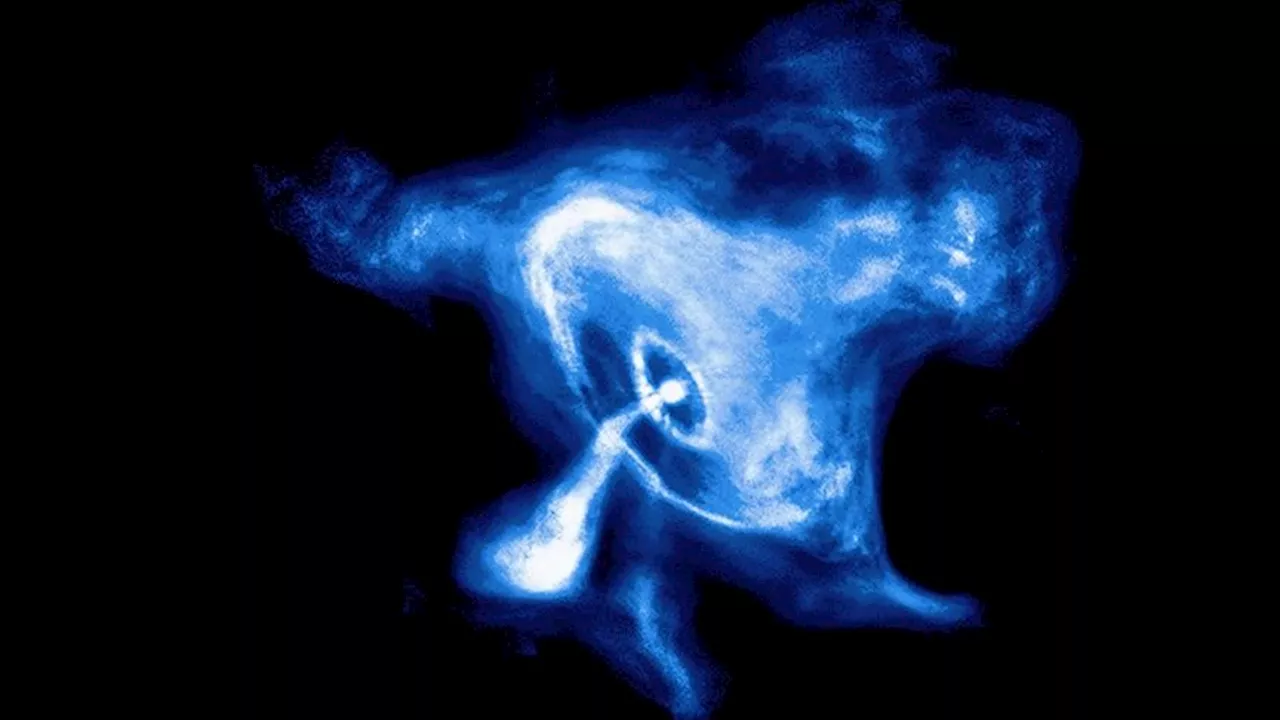 Watch 2 gorgeous supernova remnants evolve over 20 years (timelapse video)Space.com contributing writer Stefanie Waldek is a self-taught space nerd and aviation geek who is passionate about all things spaceflight and astronomy.
Watch 2 gorgeous supernova remnants evolve over 20 years (timelapse video)Space.com contributing writer Stefanie Waldek is a self-taught space nerd and aviation geek who is passionate about all things spaceflight and astronomy.
Read more »
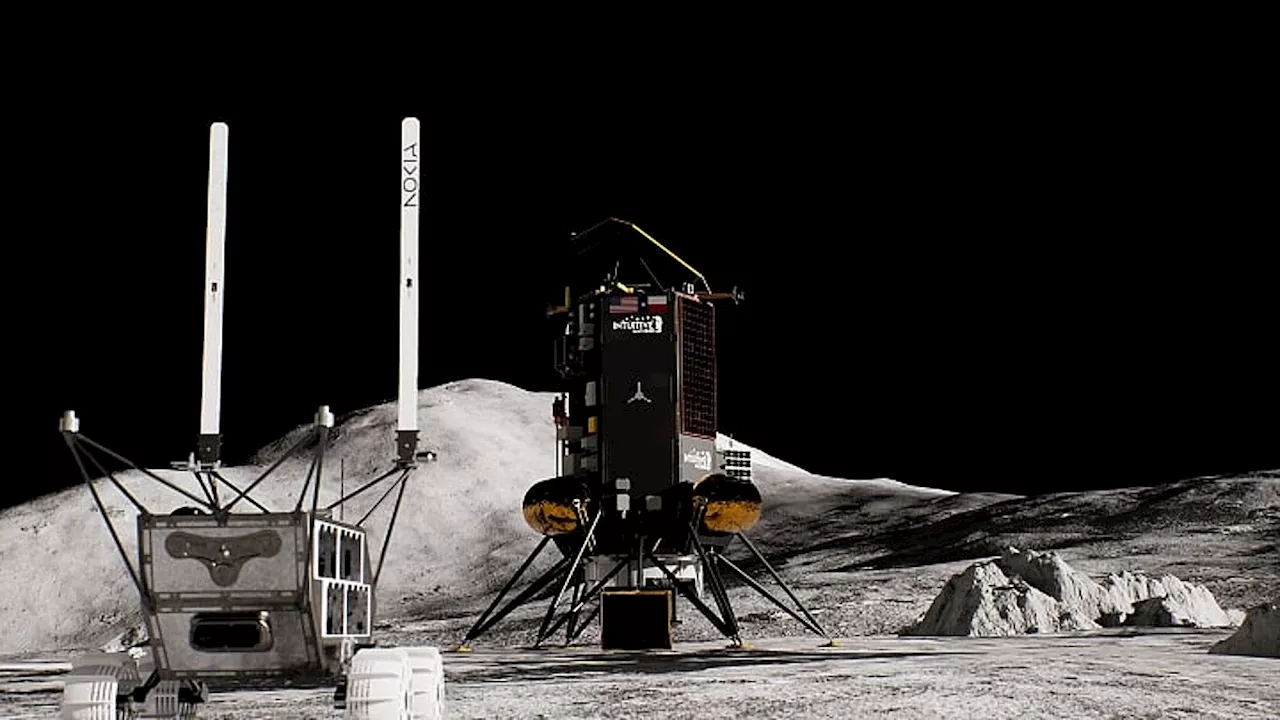 Private moon lander will carry Nokia's 4G cell network to the lunar surface this yearSpace.com contributing writer Stefanie Waldek is a self-taught space nerd and aviation geek who is passionate about all things spaceflight and astronomy.
Private moon lander will carry Nokia's 4G cell network to the lunar surface this yearSpace.com contributing writer Stefanie Waldek is a self-taught space nerd and aviation geek who is passionate about all things spaceflight and astronomy.
Read more »
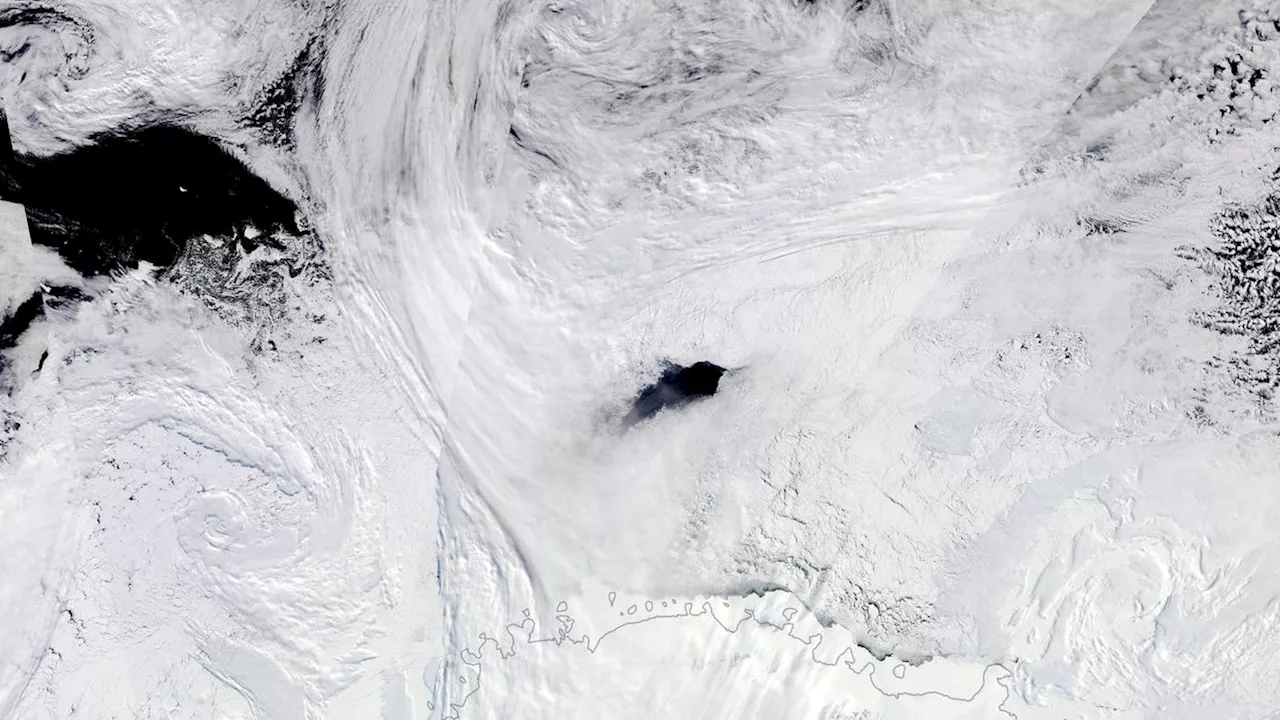 A Switzerland-size hole opened in Antarctica's sea ice in 2016-17. Now we know whySpace.com contributing writer Stefanie Waldek is a self-taught space nerd and aviation geek who is passionate about all things spaceflight and astronomy.
A Switzerland-size hole opened in Antarctica's sea ice in 2016-17. Now we know whySpace.com contributing writer Stefanie Waldek is a self-taught space nerd and aviation geek who is passionate about all things spaceflight and astronomy.
Read more »
 See this galaxy's bright center? It's home to a voracious supermassive black holeSpace.com contributing writer Stefanie Waldek is a self-taught space nerd and aviation geek who is passionate about all things spaceflight and astronomy.
See this galaxy's bright center? It's home to a voracious supermassive black holeSpace.com contributing writer Stefanie Waldek is a self-taught space nerd and aviation geek who is passionate about all things spaceflight and astronomy.
Read more »
 Northern lights (aurora borealis): What they are & how to see themSpace.com contributing writer Stefanie Waldek is a self-taught space nerd and aviation geek who is passionate about all things spaceflight and astronomy.
Northern lights (aurora borealis): What they are & how to see themSpace.com contributing writer Stefanie Waldek is a self-taught space nerd and aviation geek who is passionate about all things spaceflight and astronomy.
Read more »
